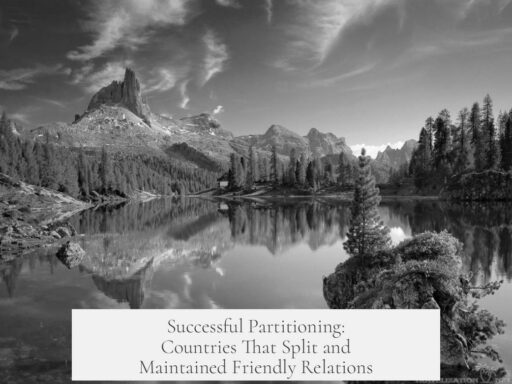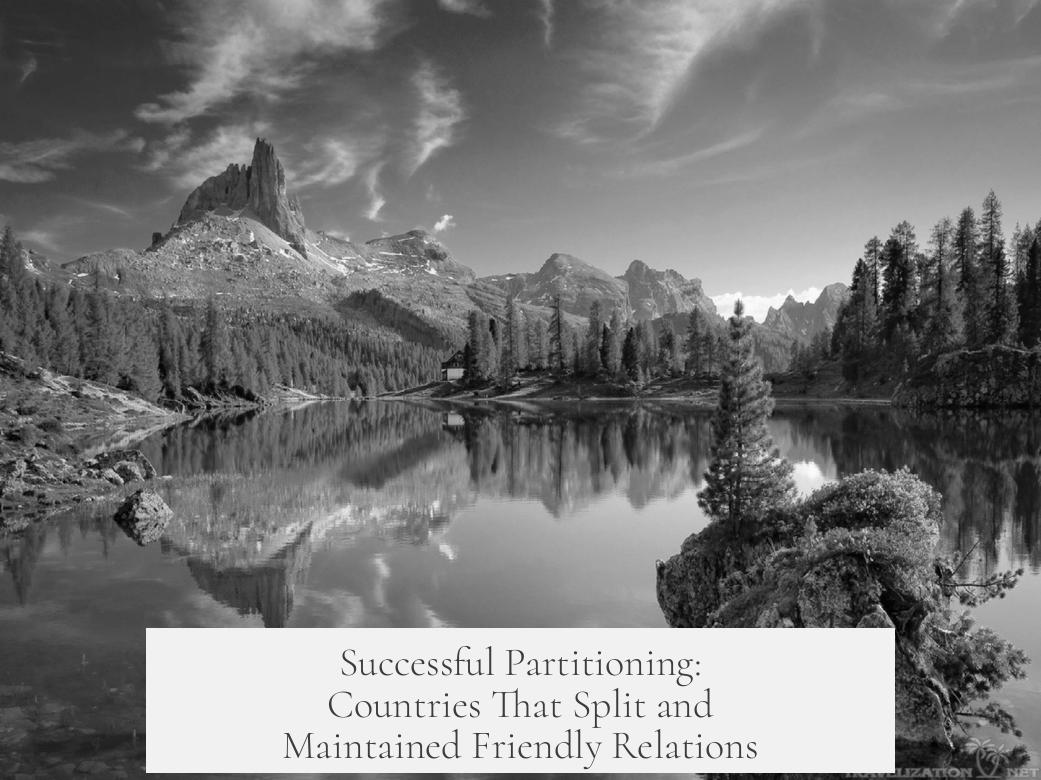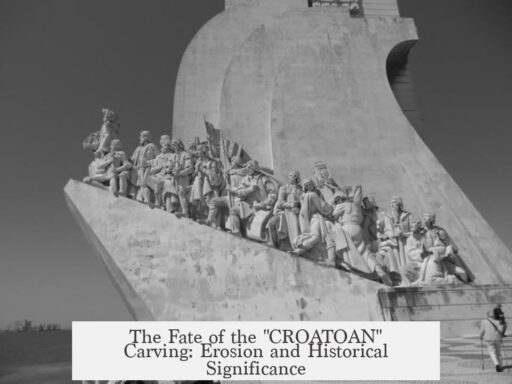Yes, there are several examples where countries partition and the resulting nations maintain good relations afterward. Notable among these are the Czech Republic and Slovakia, Montenegro and Serbia, and Croatia and Slovenia. These former unified states separated, yet continue to enjoy peaceful, cooperative ties without significant conflict.
The dissolution of Czechoslovakia in 1993 stands out as a clear case of an amicable split. Both the Czech Republic and Slovakia agreed to divide smoothly and created two sovereign nations without major disputes. Since then, they have maintained friendly diplomatic relations, cooperate within the European Union, and support each other on regional issues. This peaceful “Velvet Divorce” is often cited as an ideal example of country partition.
Montenegro and Serbia separated in 2006 when Montenegro voted for independence via referendum. Their separation followed mutual consent. The split was characterized by political respect and ongoing good relations. Both countries engage in cooperation within the Balkans region and maintain diplomatic exchanges without hostility.
Croatia and Slovenia, two countries emerging from the breakup of Yugoslavia in the early 1990s, also demonstrate generally positive relations. After overcoming initial border disputes, they established stable diplomatic and economic ties. Both states joined the European Union and work together on various initiatives. Their collaboration is a positive example of partition followed by peaceful coexistence.
| Country Pair | Partition Date | Relation Post-Partition | Remarks |
|---|---|---|---|
| Czech Republic & Slovakia | 1993 | Amicable, cooperative | Velvet Divorce, EU partners |
| Montenegro & Serbia | 2006 | Amicable, respectful | Mutual consent referendum |
| Croatia & Slovenia | 1990s (post-Yugoslavia) | Generally good, collaborative | EU members, initial border tensions resolved |
Another example, the Netherlands and Belgium, illustrates a more complex history. Belgium separated from the Netherlands in 1831 after a brief conflict called the “Ten Days Campaign.” Despite this violent start, the countries established the Treaty of London in 1839. Since then, they have avoided conflict and maintain peaceful relations. They cooperate economically and politically as members of the European Community.
The relationship between Israel and Jordan also provides an example of partition leading to largely peaceful coexistence. While not a perfect alliance, this first two-state arrangement has resulted in mostly allied relations. They share security agreements and economic cooperation despite occasional tensions. This model shows that partition can support workable peace under sensitive conditions.
Historically, the Eastern and Western Roman Empires split in the late 3rd century AD. Though complex and marked by subsequent conflict, they represent an early example of partitioned polities. The separation eventually led to distinctive political and cultural developments. However, ongoing military and political tensions defined their relationship rather than friendly cooperation.
Further back in history, the Seleucid and Maurya empires illustrate partition followed by diplomacy. After military conflict, Seleucus I and Chandragupta Maurya made a peace treaty. It included a marriage alliance, territorial exchanges, and the gift of war elephants. They maintained friendly relations and exchanged gifts afterward. This example shows how post-partition states can establish pragmatic alliances.
Other cases include Malaysia and Singapore, which separated in 1965. Although relations have experienced ups and downs, they generally engage in cooperation today. The Scandinavians—Denmark, Norway, and Sweden—once united in a union, now enjoy peaceful alliance and friendly relations despite historical partitions.
Germany and Austria, formerly splinters of the Holy Roman Empire, illustrate a relationship transitioning from political rivalry to friendship. They allied during World War I and have maintained good relations since World War II ended. This long-term reconciliation demonstrates partition need not prevent close cooperation afterward.
Some partitions yield tense relations despite avoiding outright conflict. China and Taiwan split with ongoing hostile diplomatic posture but no active warfare recently. Pakistan and Bangladesh experienced a troubled start after partition in 1971 but have significantly improved relations. Pakistan even donated military equipment to Bangladesh in the 1980s, demonstrating growing goodwill.
Examples showing partition with good relations demonstrate that peaceful coexistence is achievable. Key factors include:
- Mutual consent during partition processes
- Diplomatic efforts and treaties to resolve disputes
- Economic and political cooperation in international organizations
- Respect for sovereignty and open communication
- Common cultural or historical links supporting continued engagement
- Countries like Czech Republic-Slovakia and Montenegro-Serbia highlight amicable separations
- Belgium and the Netherlands show conflict turning into peaceful relations post-treaty
- Historical alliances such as Seleucid-Maurya empires illustrate diplomacy after partition
- Close post-partition cooperation often involves economic, political, and security partnerships
- Not all partitions go smoothly, but constructive diplomacy improves outcomes over time
Are There Any Examples of a Country Partitioning and the Two Resulting Countries Getting Along Well?
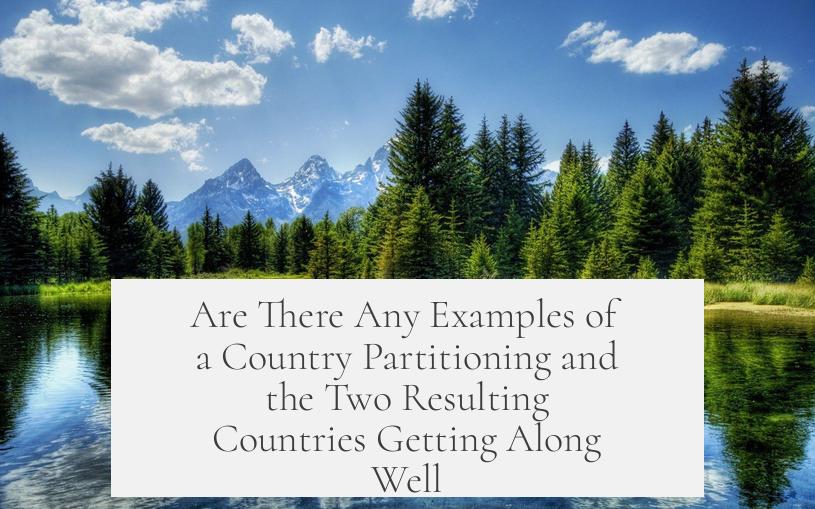
Yes, several historical and modern examples showcase countries that split and ended up maintaining good or even friendly relations. It might surprise you that just because a nation divides doesn’t mean they turn into sworn enemies. In fact, some splits are like polite divorces rather than bitter feuds.
Let’s dive into some fascinating cases where partition didn’t spark endless hostility. Instead, new states found common ground, cooperation, or at least mutual respect.
We’ll explore a mix of modern-day peaceful separations and ancient treaties—because interesting stories come in many eras and flavors.
The Czech Republic and Slovakia—A Peaceful “Velvet Divorce”
Perhaps the most famous amicable breakup in recent times is the split of Czechoslovakia into the Czech Republic and Slovakia in 1993. No wars, no violence—just a calm and mutual agreement.
People often call it the “Velvet Divorce,” emphasizing its smooth, non-confrontational nature. Both sides negotiated terms carefully and continued to cooperate in many fields post-split.
This peaceful partition debunks the myth that all new countries born from splits are destined to clash.
The Netherlands and Belgium—From War to Warm Relations
Back in 1831, when Belgium pushed for independence from the United Kingdom of the Netherlands, things got tense. The “Ten Days’ Campaign” was a brief conflict.
But after the Treaty of London in 1839, peace prevailed. Since that treaty, Belgium and the Netherlands have had peaceful, cooperative relations.
This example shows that initial conflict doesn’t doom future friendly ties.
Montenegro and Serbia—An Amicable Breakup in Modern Times

In 2006, Montenegro voted to leave what was then the State Union of Serbia and Montenegro. The split was clean and polite, without significant public fallout.
Montenegro and Serbia continue to engage diplomatically and economically without bitter hostility.
This friendly separation challenges the idea that recent partitions must lead to ongoing strife.
Seleucid and Maurya Empires—Ancient Peace Through Marriage and Treaties
Going way back, after conflict, Seleucus I of the Seleucid Empire and Chandragupta of the Maurya Empire signed a peace treaty. It included a marriage alliance and territory exchanges.
They maintained friendly relations, even reportedly exchanging gifts. A 2,000-year-old example proving diplomacy and goodwill can transcend rivalry.
Israel and Jordan—A Complex but Functional Two-State Example
Often called the first modern two-state solution, Israel and Jordan were born from partition in the mid-20th century. Despite regional tensions, they remain consistent allies “to an alliedish degree.”
It isn’t perfect harmony, but it’s a functional, mostly peaceful coexistence that’s better than many assume.
Pakistan and Bangladesh—From Rocky Start to Improved Relations
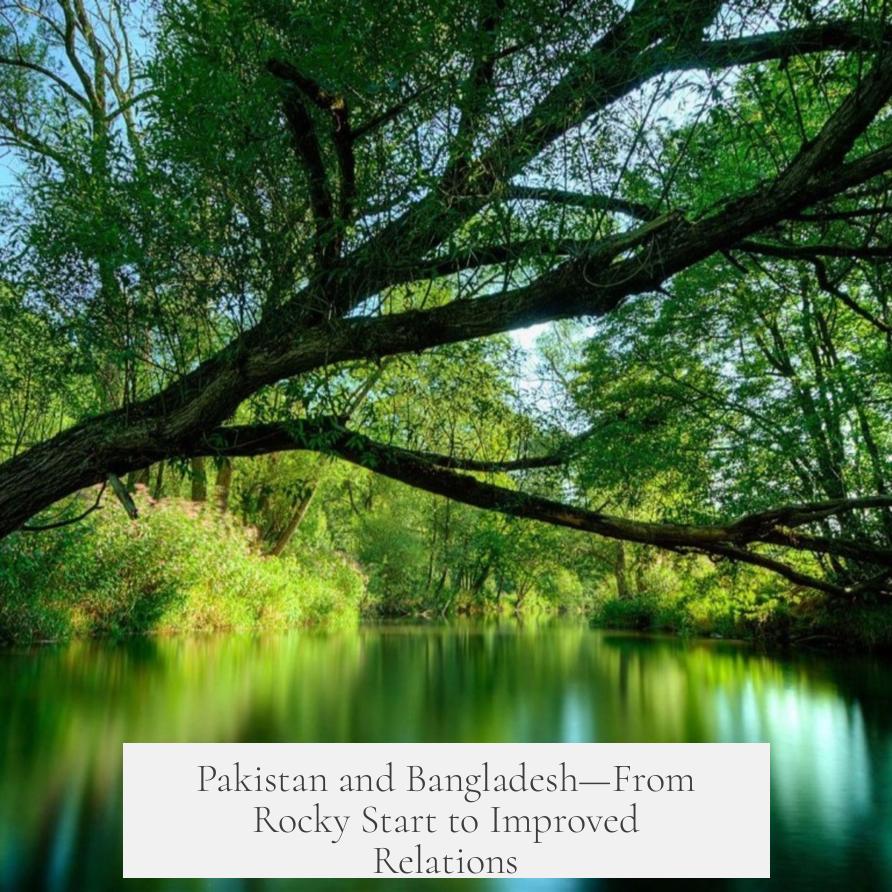
After splitting in 1971 under traumatic circumstances, Pakistan and Bangladesh had a tense start.
Yet by the 1980s, Pakistan even donated excess military equipment, like F-6 fighters, to Bangladesh. Today, their relationship is peaceful and cooperative, showing time heals potent wounds.
Croatia and Slovenia—Friendly Neighbors from a State Breakup
These two countries emerged from the breakup of Yugoslavia in the early 1990s. Despite the broader region’s conflicts, Croatia and Slovenia generally get along well.
They cooperate economically and politically, which is remarkable given the turbulent surroundings.
Germany and Austria—Historic Siblings with Complex but Friendly Ties
Both descended from the Holy Roman Empire, Germany and Austria have a long history of alliance and rivalry.
They joined forces during World War I, had complicated interactions during World War II, but today are close allies with strong cultural and economic ties.
Scandinavians: Denmark, Norway, and Sweden—United Then, Allies Now

Though they were once united under the Scandinavian Union, these countries peacefully separated centuries ago.
Today, Denmark, Norway, and Sweden enjoy strong friendship and cooperation. It’s an example of partition followed by mutual respect rather than animosity.
What About Other Cases?
- Sweden and Norway: Another Scandinavian example, often cited as peaceful separation.
- Malaysia and Singapore: Partition occurred with limited conflict and ongoing relations.
- US and Britain: Once foes, now great allies after a long historical journey.
- China and Taiwan: Partitioned but tense relations continue. Fewer violent conflicts than some other splits but not exactly “getting along well.”
- The Eastern and Western Roman Empires: Complex and somewhat forced division, with ongoing complications.
What Lessons Can We Learn?
Partitions don’t seal a nation’s fate with hostility. As the examples show, amicable splits occur, where both resultant countries maintain friendly or cooperative relations for decades or centuries.
Key factors for success seem to include:
- Mutual agreement and respect. The Czech Republic and Slovakia’s peaceful split stands tall on this.
- Pragmatic diplomacy. Like the Seleucid and Maurya alliance sealed with marriage and gifts.
- Established treaties and willingness to cooperate. The Netherlands and Belgium after their conflict.
Sometimes the past warps perception, making us assume all separations end badly. But history offers many hopeful tales.
Could Your Country Split and Still Stay Friendly?
What if modern political divisions arise today? Can countries learn from the Czech-Slovakia velvet divorce or Montenegro and Serbia’s amicable separation? Can diplomacy and mutual benefit prevail over bitterness? History says, yes. But it requires effort and goodwill.
So next time someone says “countries splitting never get along,” you can confidently reply: “That’s not the only story.”
